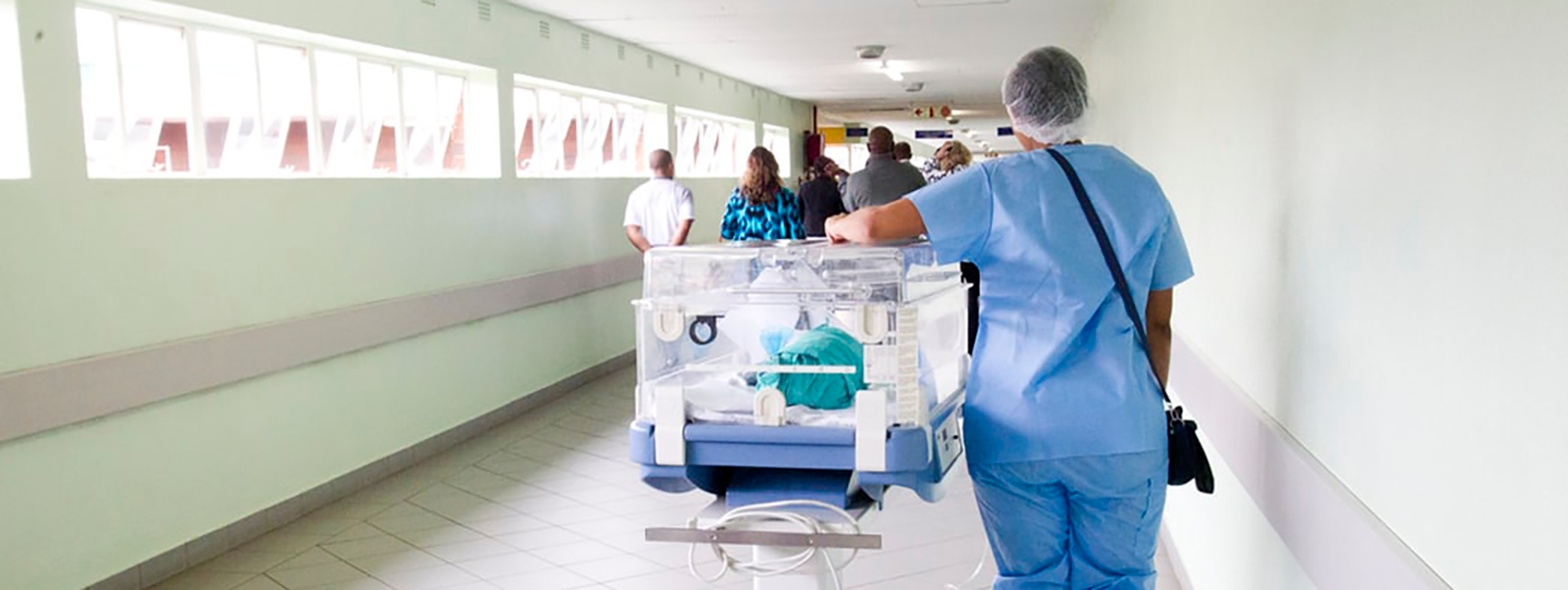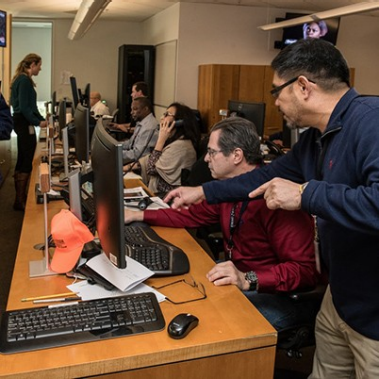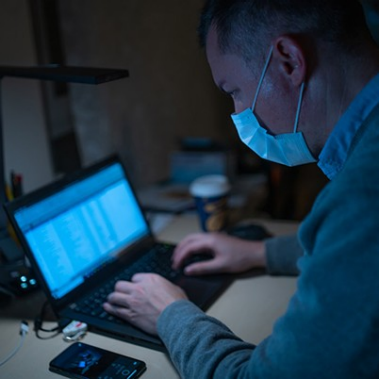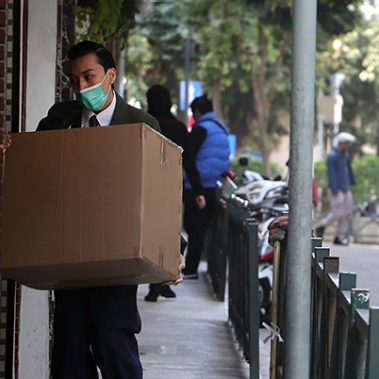Editor’s Note: The following article is part of an ongoing series offering our strategic advice and expertise on what hospitals, healthcare workers, providers, and caregivers should do immediately in response to the rapidly evolving coronavirus (COVID-19) epidemic. Below, infectious disease and institutional infection control expert, Bruce Hamory, MD, FACP, and Helen Leis, who worked with the Centers for Disease Control and Prevention (CDC) to develop their pandemic preparedness and response protocols, explain how to prepare your organization and your front-line staff. We urge all healthcare providers globally to consider the following in their own ongoing efforts.
Following the CDC’s announcement that the United States should prepare for a major coronavirus outbreak, healthcare providers are planning and implementing their response. Events over the last several days have made it clear that the COVID-19 virus is present in the US and is spreading within some communities. This is provoking major responses – including travel restrictions and school closings – from some governments. Although much is still not confirmed about the disease and how it’s transmitted, the best evidence suggests it’s spread similarly to Influenza and the common cold. It can persist in the environment under ideal conditions for several days and is resistant to some commonly used disinfectants and hand sanitizing agents.
Given that, it’s critical to think about how to protect your staff and patients while time is still on your side:
Updating and Executing Against Your Epidemic Plan
1. Review and Update Your Existing Plan
- Review the plan you do have in place and update it accordingly for the COVID-19 epidemic. Refer as needed to the CDC’s COVID-19 checklist for healthcare professionals. Then review how you intend to execute against your plan. Pay close attention to your supply of critical equipment, materials, medicines, and your labor capacity.
- In previous respiratory disease outbreaks, public health agencies would consider major interventions when school absentee rates due to illness approached 20 percent. However, in the COVID-19 epidemic we have seen some countries, like Italy, and counties in Washington and Oregon act much earlier to contain the epidemic with far fewer confirmed cases. These types of moves can dramatically shorten the time providers have to prepare for those interventions.
2. Don’t Make Your Staff or Patients Sick(er)
- In previous epidemics, the healthcare sector has contributed to spread of the disease. First and most difficult will be ensuring that clinically ill staff do not come to work, and determining how best to enforce this mandate. Perhaps it means screening all employees (and physicians) for symptoms and/or body temperatures upon entry into a healthcare facility. Whatever these needs are for your organization, decide now and work through your local implementation needs.
- The second essential measure is to reduce the number of ill people not requiring face-to-face examination from visiting clinics and emergency departments. This will require telehealth capabilities including phone, video, and text communication. Given this, we expect the CDC will issue guidance to providers, emphasizing the need to rely on virtual care channels (like telephonic and video visits) to separate patients with COVID-19-like symptoms from other patients without these symptoms.
- Rigorous enforcement of non-visitation rules will be required and may require extra staff.
- For severely ill patients who require in-person care or hospitalization, it will be necessary to immediately implement isolation measures and to strictly enforce protocols around infectious disease control.
3. Protect Staff and Patients by Implementing New Ways of Working
Consider that many hospital personnel not involved in activities directly supporting patient care may not need to physically enter the building. When they do come to work in the presence of an outbreak, their chances of becoming ill are increased. The odds that they will unknowingly bring the illness to their co-workers (or to patients) is also increased.
- Identify work-from-home job categories.
- Identify the unique information technology (IT) and communication needs for each job category and create a short-term implementation plan.
- Scale current call center capabilities for an epidemic. Convert your current scheduling functions into a “COVID-19 Advice Center” or “Nurse Triage Center.”
4. Prepare for an Absenteeism Rate of at Least 20 Percent
- Your workforce may be reduced. Reasons include personal illness, childcare obligations (especially if public health officials opt to close schools), and absence for fear of being infected. Additional factors include the current practice of a 14-day period of quarantine for individuals exposed to a known COVID-19 case, and the potential for an additional period of quarantine following recovery from illness if there is a possibility of continued viral shedding.
- Repurpose clinical staff confined to their homes to be part of a virtual care team. This team can work together remotely to triage and serve patients via telephone or video visits to forestall the need for an in-person visit. Some physician staff – such as radiologists – could read and review chest x-rays from home or also man a call center. Decide how you will handle staff who refuse to care for patients with suspected COVID-19.
- The demand for hospitalists, nocturnists, and emergency room physicians will increase. These groups, often contracted from external companies, will be in short supply because of illness and their companies will be under pressure from all their hospital clients to replace ill staff.
- Hospitals should therefore consider the following alternatives:
- Review all external contracts for physician coverage to determine both the contractors’ requirements for providing substitute coverage and who pays for it.
- Identify alternate sources of coverage that might be provided under the overall supervision of the contracted “expert.” For example, consider if physician specialists or subspecialists can provide care in the emergency department or as a hospitalist alongside an emergency department physician or hospitalist physician. Identify and talk to them now.
- Identify additional physicians and advance practitioners not currently working at (or not working for) a hospital. These individuals will probably lack hospital privileges but could serve as valuable staff resources should shortages become extreme.
- Identify and remove barriers to getting these practitioners into the hospital and emergency room setting. The barriers you’ll likely face include getting preliminary paperwork done for licensure and training checks, medical staff bylaws requirements, and arranging for the right short-term employment documents tied to your reimbursement and malpractice coverage needs. Set this all up now.
5. Review and Address Any External Regulatory Requirements or Union Contracts
Hospitals in states with regulations demanding a defined ratio of nurses to patients, or for those with a unionized nursing staff, should have conversations early on with both the state agency and union about setting up alternative staffing arrangements.
6. Communicate, Communicate, Communicate
Poor communication, lack of public trust in authorities (especially in China) and rapidly changing dynamics of the spread of COVID-19 infection have contributed to public fear and anxiety, and in some cases to panic.
- Prepare a plan to communicate with your staff and employees at least daily on the status of the disease in your community and organization. Especially communicate how you are dealing with the issues.
- Prepare a plan to communicate with your patients and their families and give staff talking points to provide current knowledge and practices for care and control.
- Identify and prepare a knowledgeable medical person to respond to press and other inquiries for information.
- Maintain frequent communication with local and state health and governmental officials.





